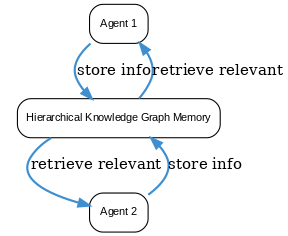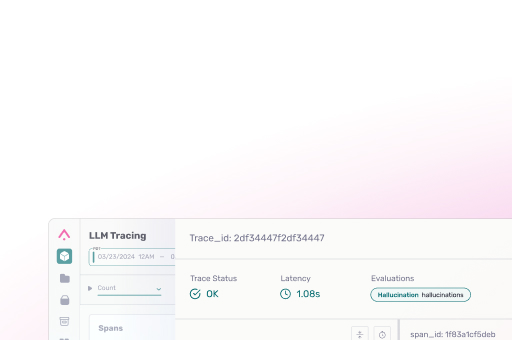This concept (from the DAMCS framework) uses a hierarchical knowledge-graph memory to enable multi-agent cooperation. Instead of each agent having isolated memory, agents contribute to and retrieve from a shared, structured knowledge base represented as a graph of facts and relations. The memory is adaptive – it organizes information by importance and dynamically filters what to share. A structured communication protocol lets agents query the graph for relevant knowledge rather than broadcasting everything. In experiments, this approach yielded more efficient teamwork (agents solved tasks with up to 74% fewer steps by focusing only on pertinent shared info). It showcases how an external knowledge graph can serve as “collective memory” for decentralized LLM agents (first proposed in this AAAI 2025 Workshop).
What is adaptive knowledge graph memory?

Adaptive Knowledge Graph Memory

Bi-weekly AI Research Paper Readings
Stay on top of emerging trends and frameworks.



